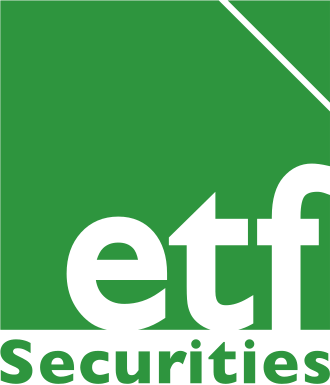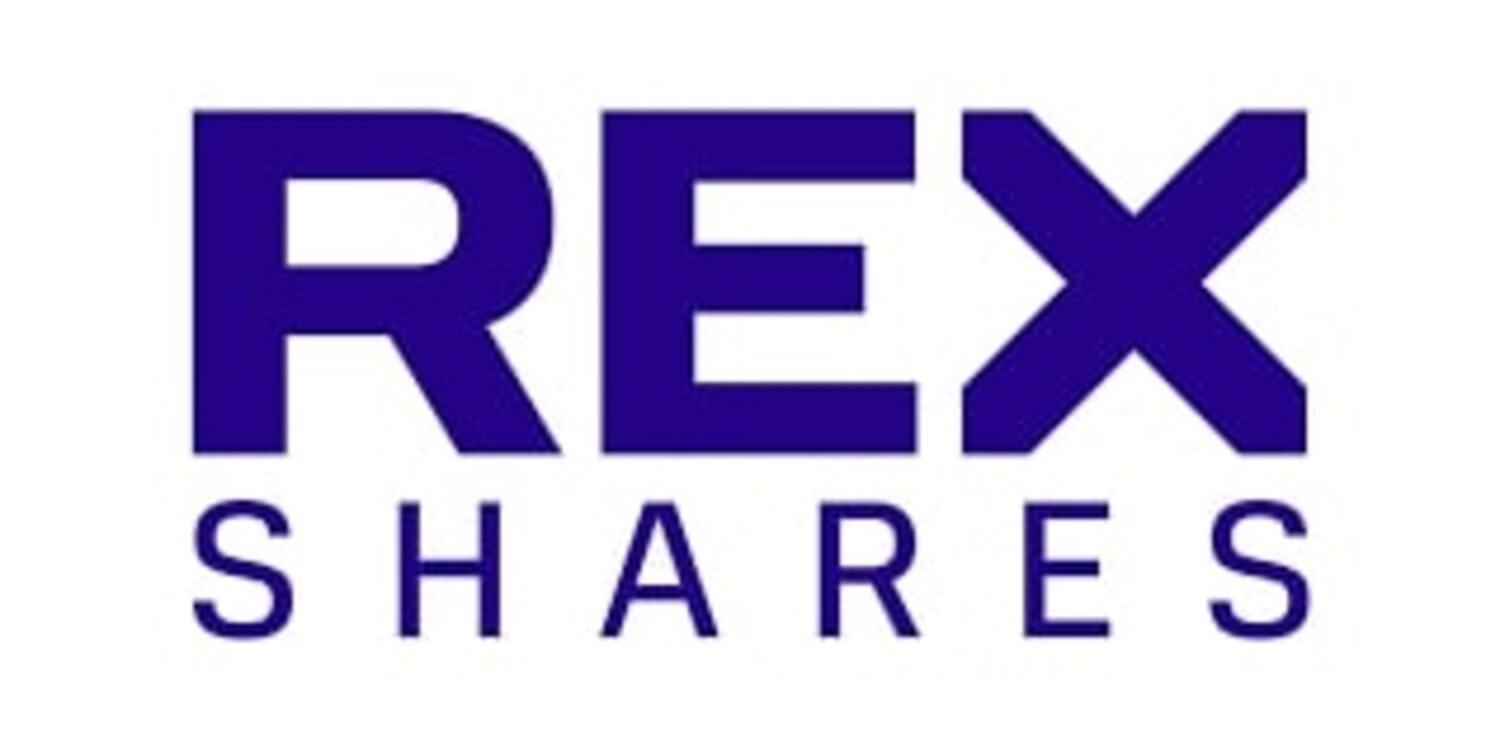HANetf och REX-Shares lanserar REX Tech Innovation Premium Income UCITS ETF och REX Tech Innovation Income & Growth UCITS ETF, som båda följer Solactive US FANG Innovation Index.
Solactive är glada att kunna tillkännage samarbetet med HANetf och REX-Shares kring lanseringen av U.S. Big Tech Premium Income ETF och U.S. Big Tech Income & Growth ETF, som båda följer Solactive US FANG Innovation Index. Produkterna syftar till att ge investerare tillgång till en dynamisk portfölj av de mest innovativa och inflytelserika amerikanska teknikdrivna företagen.
I över ett decennium har teknikjättar dominerat de amerikanska kapitalmarknaderna. Solactive US FANG Innovation Index fångar resultatet av 20 framstående, teknikfokuserade företag och kombinerar skalan och motståndskraften hos etablerade teknikjättar med styrkan och relevansen hos andra ledande innovatörer, vilket skapar en diversifierad korg som exemplifierar amerikanskt tekniskt ledarskap. Tillsammans formar dessa företag några av dagens mest transformerande områden, inklusive artificiell intelligens, molntjänster, digital underhållning, avancerade halvledare samt elektrisk och autonom mobilitet.
Solactive US FANG Innovation Index inkluderar ikoniska namn som Alphabet, Amazon, Apple, Meta, Microsoft, Nvidia, Netflix och Tesla, tillsammans med ett urval av de näst största och mest likvida och effektfulla teknikföretagen på marknaden. Denna struktur syftar till att säkerställa att investerare får exponering mot en dynamisk portfölj i framkant av den digitala ekonomin.
REX Tech Innovation Premium Income UCITS ETF och REX Tech Innovation Income & Growth UCITS ETF noterades den 2 juli på Londonbörsen under tickersymbolen ”FEPI” och ”FEGI”.
Timo Pfeiffer, Chief Markets Officer på Solactive, kommenterade: ”Vårt uppdrag är att göra det möjligt för våra kunder att snabbt och effektivt förverkliga sina indexbaserade produktidéer. REX Tech Innovation Premium Income UCITS ETF och REX Tech Innovation Income & Growth UCITS ETF är kraftfulla exempel på hur vår flexibla infrastruktur och innovativa tänkesätt hjälper till att omsätta produktidéer till investeringsbara verkligheter. Vi är stolta över att stödja REX Shares och HANetf med denna lansering.”
”Vi är glada över att samarbeta med HANetf och Solactive för att lansera REX första börsnoterade ETF i Europa och utöka vår globala närvaro”, säger Kevin Gopaul, investeringschef på REX. ”Optionsbaserade inkomststrategier har varit ett av de snabbast växande segmenten i USA, och våra ETFer med täckta köpoptioner har varit starkt tilltalande bland investerare som söker avkastning utan att offra aktieexponering.
Med lanseringen av REX Tech Innovation Premium Income ETF är vi stolta över att erbjuda europeiska investerare en differentierad inkomstlösning byggd på en portfölj av ledande amerikanska teknikföretag.”
Hector McNeil, medgrundare och VD för HANetf, kommenterade: ”Vi är glada över att samarbeta med REX Shares för att lansera tre nya covered call-ETF:er i Europa. Tillgångsklassen har tagit fart i Europa nyligen, men vi tror att den bara har börjat. REX Shares tillvägagångssätt är beprövat i USA, och nu har europeiska investerare en chans att delta.
Vi har nu 5 covered call-ETFer på HANetf-plattformen och 13 aktiva ETFer. Vi tror att båda dessa områden är redo för betydande tillväxt i Europa, och detta återspeglas i ökningen av förfrågningar vi har fått om att lansera aktiva och optionsbaserade ETFer. Vårt mål är alltid att bryta ner inträdesbarriärerna på den europeiska ETF-marknaden och låta kapitalförvaltare från hela världen lansera sina börshandlade strategier på ett snabbt och kostnadseffektivt sätt. Vårt produktutbud blir alltmer mångsidigt i takt med att vi välkomnar fler partners till plattformen, vilket säkerställer att vi alltid är innovativa och erbjuder relevanta strategier till europeiska investerare.”

 Nyheter3 veckor sedan
Nyheter3 veckor sedan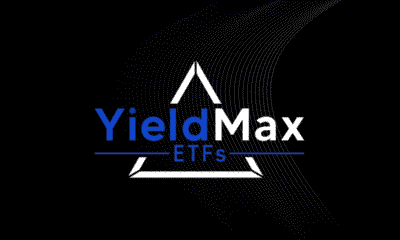
 Nyheter4 veckor sedan
Nyheter4 veckor sedan
 Nyheter4 veckor sedan
Nyheter4 veckor sedan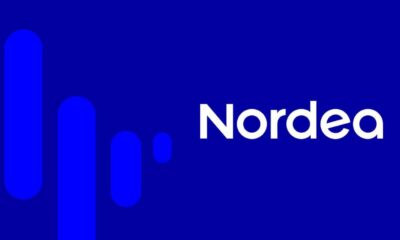
 Nyheter3 veckor sedan
Nyheter3 veckor sedan
 Nyheter3 veckor sedan
Nyheter3 veckor sedan
 Nyheter4 veckor sedan
Nyheter4 veckor sedan
 Nyheter2 veckor sedan
Nyheter2 veckor sedan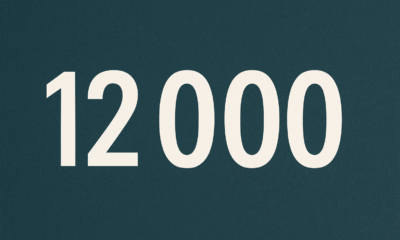
 Nyheter2 veckor sedan
Nyheter2 veckor sedan
